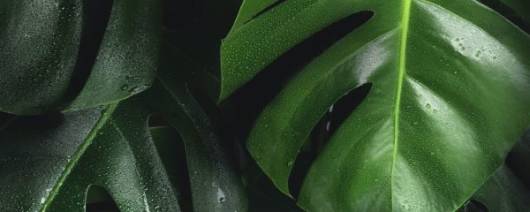
- INCI Name:Achillea Millefolium Oil
- Ingredient Origin:Natural Origin, Non-Animal Origin, Plant Origin
- Benefit Claims:Antiseptic, Non-Irradiated
- Labeling Claims:Cruelty-Free, BSE-free, Plant-Based, Not Tested on Animals, Phthalates-free, Not Listed In California Proposition 65, Nanomaterials-free, Non-GMO, Organic, PEG-free, Naturally Derived, TSE-free, Natural, CMR Substances-free, Non-Toxic
- Certifications & Compliance:Organic Certified, USDA Certified, FDA Compliant, Nagoya Compliant
Conventional or organic available Yarrow has been known by several common names including Devil’s nettle, Old Man’s Pepper, Yarroway, Woundwort, Milfoil, Angel flower. The Achillea genus contains over 120 species and several subspecies. Achillea millefolium is widespread throughout Europe while A. lanulosa is common to North America although A. millefolium has been introduced as well. These two species are practically identical Achillea millefolium is native to Europe, Asia and has naturalized throughout North America as well as to other temperate zones of the world. It is a perennial herb with several erect stems arising from multiple rhizomes below the ground. The compound leaves are bright green and feathery. Numerous small, white to pink flower heads are borne in flat-topped clusters (Van Wyk and Wink, 2004). Yarrow is a venerable plant of ancient medicinal repute (Hatfield, 1971). According to legend, the Greek hero Achilles is said to have utilized Yarrow to stop the bleeding (styptic) of his soldiers as well as his own wounds during the Trojan War. It is thought that the genus name, Achillea, comes from this great warrior of Greek mythology. Roman centurions knew this plant under the name Herba militaris and later by ‘Soldier’s Woundwort’ and Carpenter’s Weed, reflecting its use for treating wounds. The species name millefolium is derived from the common name Milfoil which comes from the French mile feuille, meaning ‘1000 leaves’, referring to its feathery leaves, which are divided into thousands of tiny leaflets (Balick, 2014). Yarrow was formally named Achillea millefolium by Linnaeus in 1753 (Keller, 2014).